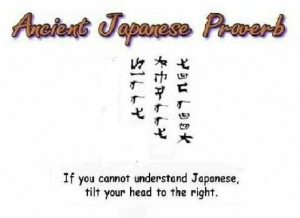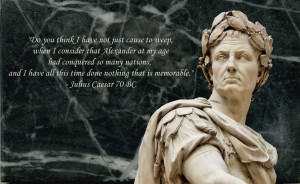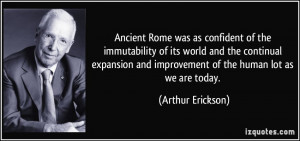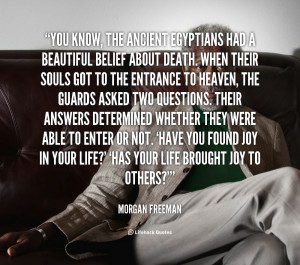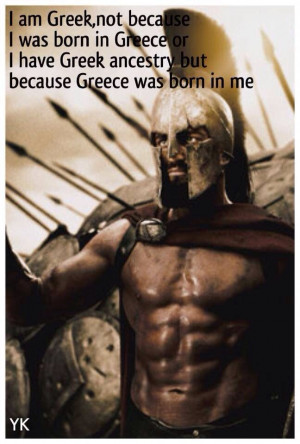Ancient Quotes
As a freshman in college, I was having a lot of trouble adjusting. I took a meditation class to handle anxiety. It really helped. Then as a grad student at Harvard, I was awarded a pre-doctoral traveling fellowship to India, where my focus was on the ancient systems of psychology and meditation practices of Asia.
Ethnically, Tuareg describe themselves as white. And they don't look Arab or black. Many Tuareg have light skin, light eyes and sharp angular noses and cheekbones. They are cousins of the Berbers of North Africa. Some legends say the Tuareg are the decedents of an ancient Roman legion that disappeared into the desert two millennia ago.
Although prefabrication has a long history - the ancient Romans shipped pre-cut stone columns, pediments, and other architectural elements to their colonies in North Africa, where the numbered parts were reassembled into temples - the idea took on a new impetus with the technological advances of the Industrial Revolution.


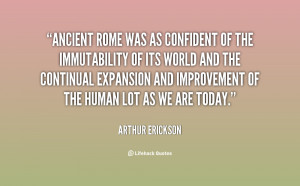


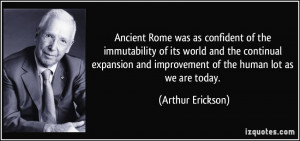

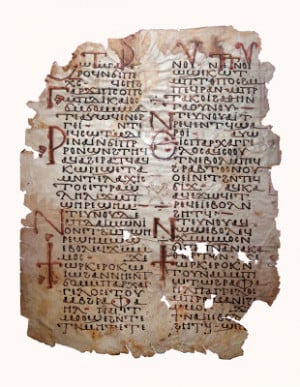
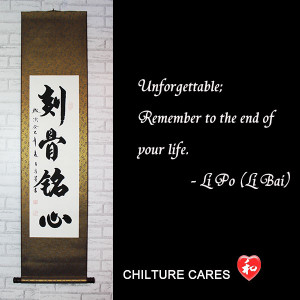





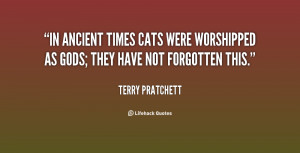






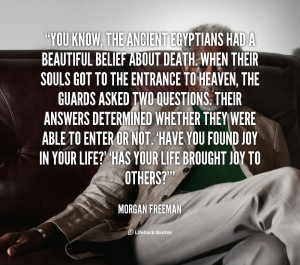








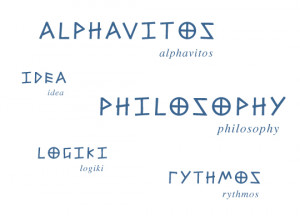

![Code : TS2007_82 ] Socrates Quote Style 82 Tshirt](https://cdn.quotesgram.com/small/99/97/172430372-2007_82.jpg)

